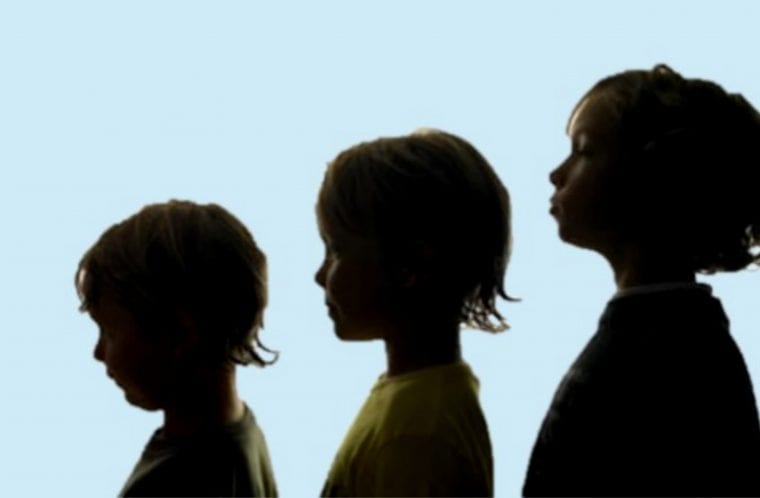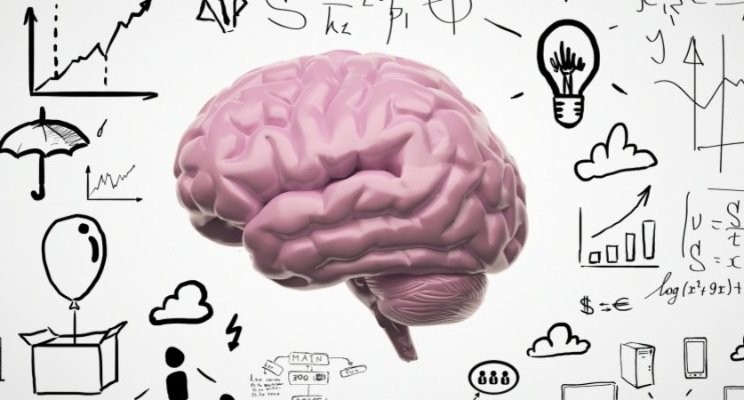Loss and grief are unavoidable aspects of human experience. Dealing with grief can be an emotionally difficult and complicated process regardless of the major life change—the death of a loved one, the end of a significant relationship, the loss of a job, or any other. We will discuss the essential aspects of healing and the various stages of grief in this article. Understanding the course of despondency and learning sound survival strategies can prepare for mending and possible acknowledgment.
What Grief Is Like:
Pain is a widespread reaction to misfortune and can appear in different ways for various people. It is critical to perceive that there is nobody size-fits-all way to deal with adapting to despondency. Certain individuals might encounter extraordinary feelings right away, while others could take more time to deal with their sentiments. Validating the feelings felt during this time can be made easier by realizing that grief is a normal response.
Phases of Sadness:
The famous specialist Elisabeth Kübler-Ross proposed the five phases of pain in her book “On Death and Biting the Dust” (1969). Although these phases are not necessarily experienced sequentially or by all individuals, they provide a framework for comprehending the various emotions that individuals may experience during the healing process.
a. Denial: At first, people might be in shock and doubt, finding it hard to embrace the situation of the misfortune. The person fills in as a strategy for dealing with stress to shield oneself from overpowering feelings.
b. Anger: As reality begins to soak in, sensations of outrage might emerge. Anger can often be directed at oneself, the deceased, or other involved parties. This stage can be trying for people and everyone around them.
c. Bargaining: In this stage, people might endeavor to arrange or make arrangements to switch the misfortune. They might wind up thinking “consider the possibility that” or on the other hand “if by some stroke of good luck” situations, looking for ways of changing the result.
d. Depression: This stage can be dominated by feelings of sadness, emptiness, and profound loss. It is essential to recognize typical despondency-related gloom and clinical wretchedness, which might need proficient help.
e. Acceptance: In the last stage, people find a sense of peace with the truth of the misfortune. Acknowledgment doesn’t be guaranteed to mean neglecting or continuing on completely, yet it connotes tracking down a lifestyle choice with the misfortune and coordinating it into one’s life.
The Significance of Help:
Grieving people frequently benefit from serious areas of strength for a framework. Companions, family, support gatherings, or psychological well-being experts can give a place of refuge for communicating feelings and sharing recollections. During this difficult time, receiving support can help alleviate grief and speed up the healing process.
Healthy coping mechanisms and self-care:
When dealing with grief, it’s critical to practice self-care. Managing the overwhelming emotions that arise during the grieving process can be made easier by taking care of one’s physical and emotional well-being. It can be beneficial to engage in hobbies, exercise, journaling, and maintain a healthy diet.
Permitting Feelings to Stream:
It is fundamental to permit oneself to encounter a large number of feelings without judgment. Emotional suppression can make healing take longer. Permitting oneself to cry, express displeasure, or think back about esteemed recollections can be soothing.
Healing After Loss: Daily Meditations For Working Through Grief
Grief is a natural process: Grief is a normal and natural process that people go through when they experience loss. It is not a mental illness or a weakness, but a way of coming to terms with loss and adjusting to life without the person who has died.
Grieving takes time: Grief does not have a timeline. Each person deals with it in their own way and in their own time. Healing After Loss provides daily meditations that help people understand and accept their emotions, and gradually move towards healing.
Be kind to yourself: People who are grieving often blame themselves for what they could have done to prevent the loss. They feel guilty and responsible for the death or for not being able to do enough for their lost loved one. It is important to be kind to yourself and realize that the loss was not your fault. The daily meditations help to shift the mindset to one of self-love and compassion.
Take care of yourself: During the grieving process, people often neglect their own well-being. They forget to eat, sleep, and exercise, which can lead to physical and emotional exhaustion. Healing After Loss encourages people to take care of themselves by practicing self-care and self-compassion, to ensure that they are healthy and strong enough to deal with the grieving process.
Find support: Grieving alone can be difficult, and finding support is crucial for healing. The book emphasizes the importance of finding someone to talk to, whether it be a trusted friend, family member, or therapist. It also offers practical advice on how to find support groups and counseling services.
Grief can be transformative: Although the grieving process is painful and difficult, it can also be transformative. The book encourages people to use their loss as an opportunity for growth and reflection. Grief can lead to greater empathy, appreciation for life, and a deeper understanding of oneself.





